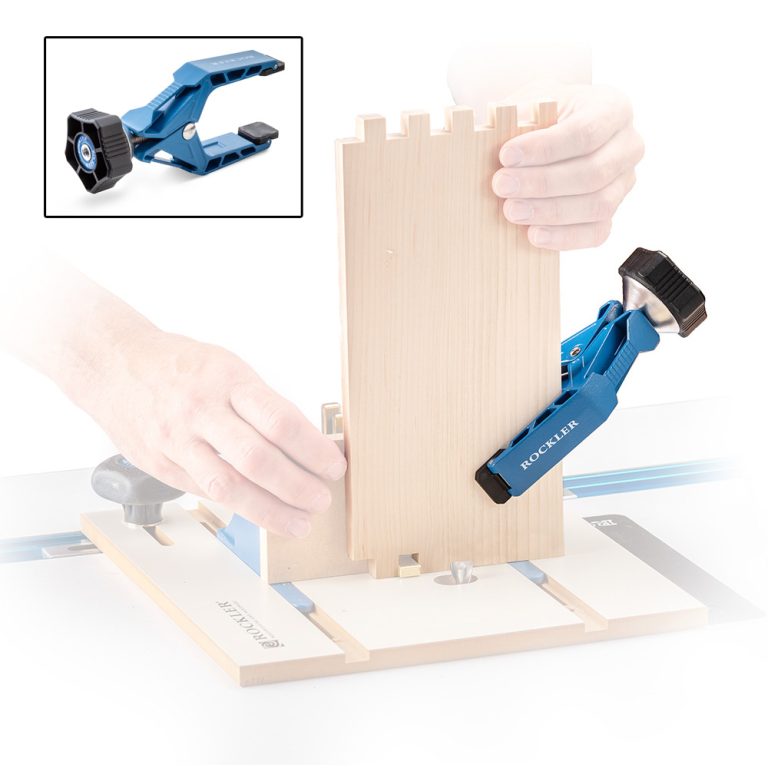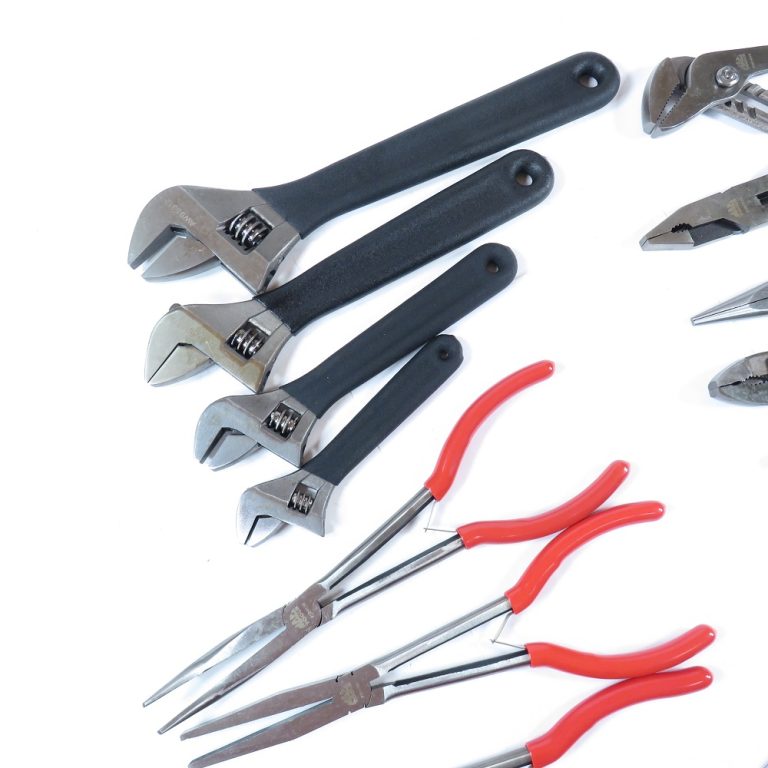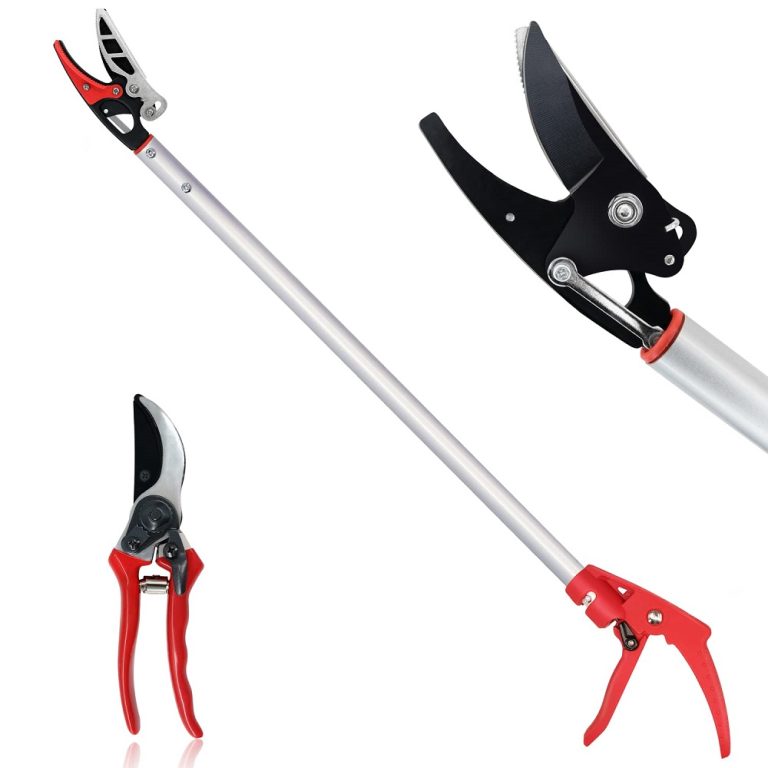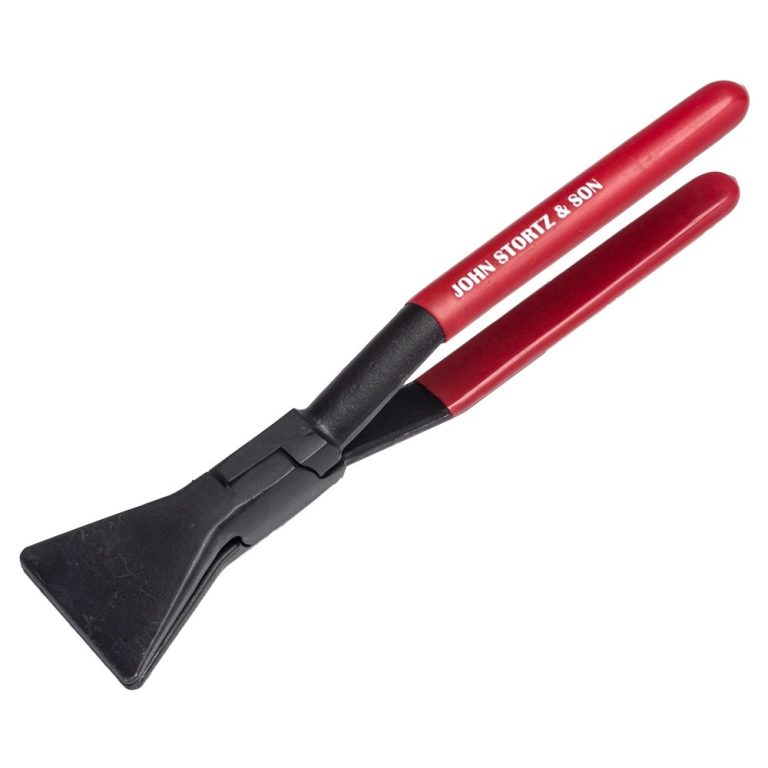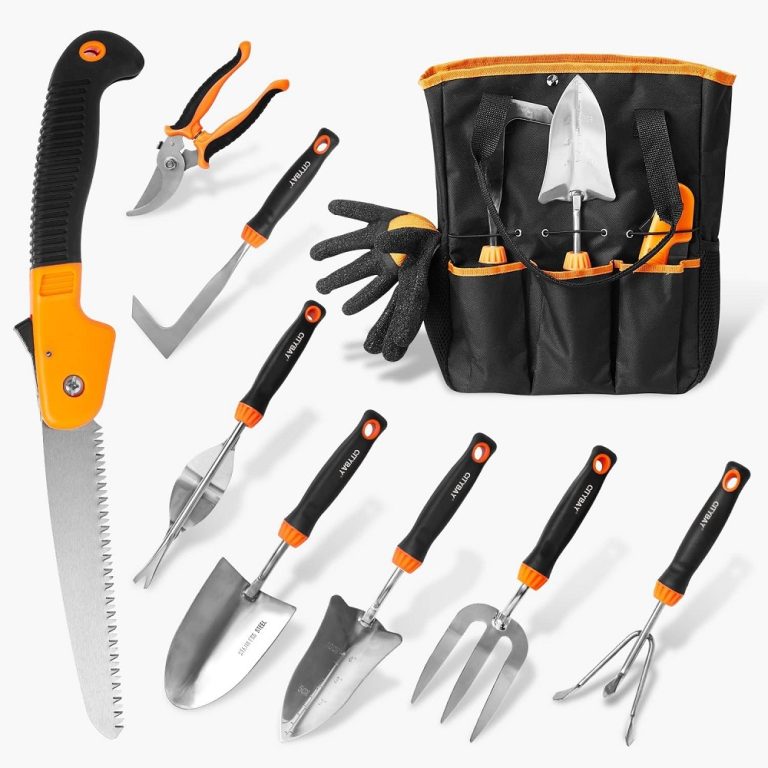Introduction to Hand Tools
Basic hand tools are essential for completing many tasks. They are manually operated and do not require electricity. From simple repairs to creative projects, they simplify work and save time. Understanding these tools is key to their proper use.
What Are Hand Tools?
Hand tools are devices used for manual labor tasks. Examples include screwdrivers, hammers, and pliers. They are designed to grip, cut, fasten, or measure materials. Unlike power tools, they need human effort to operate. These tools are versatile and found in homes and workshops.
Importance of Hand Tools in Everyday Tasks
Hand tools play an important role in daily activities. They help with basic home repairs like tightening screws or hanging frames. For hobbyists and DIY enthusiasts, they enable crafting and improvement projects. Good-quality hand tools ensure efficiency and reduce the chance of accidents. Investing in the right tools can save time and help with countless tasks.
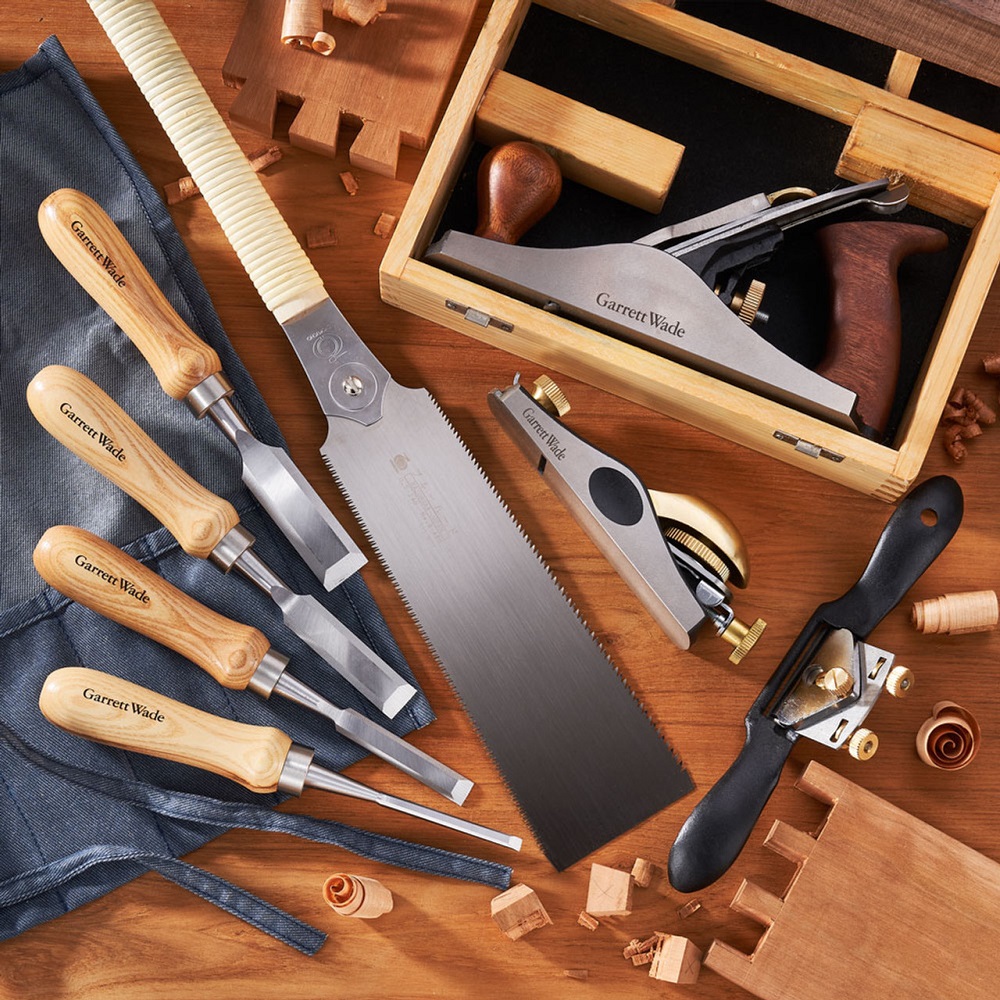
Types of Basic Hand Tools
Understanding the different types of basic hand tools enhances efficiency and ensures the right tool is used for each task. Explore these essential categories to expand your knowledge and improve your toolkit.
Cutting Tools: Knives and Scissors
Cutting tools are crucial for slicing or trimming materials. Knives, such as utility knives, help cut cardboard, plastic, or fabric with precision. Scissors, on the other hand, are ideal for cutting paper, thread, or light materials. Ensure blades are sharp for effective and clean cuts.
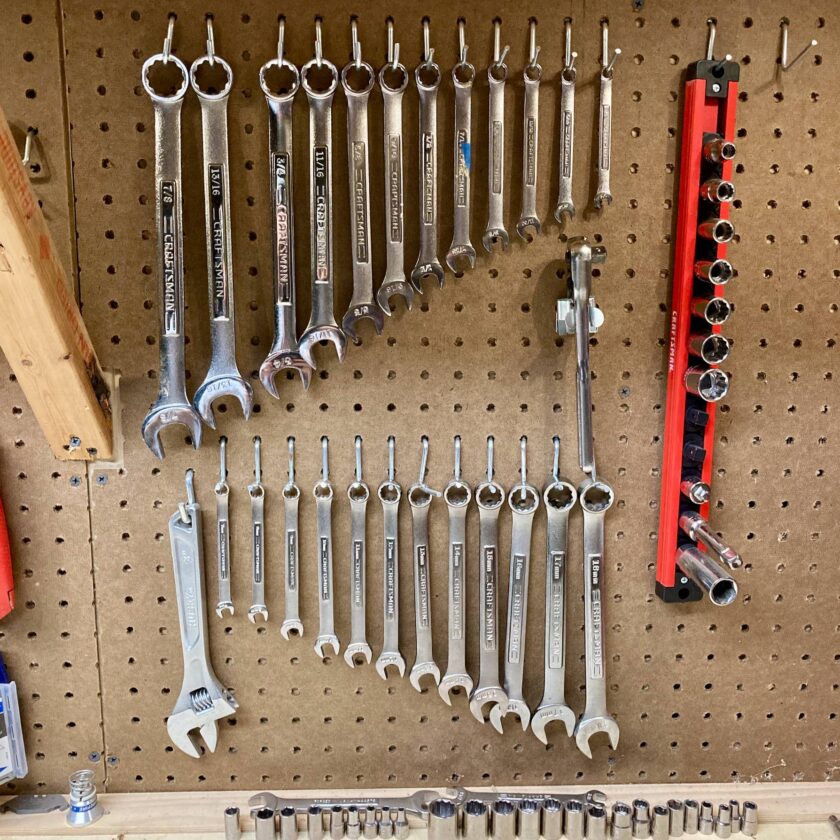
Measuring Tools: Tape Measures and Rulers
Measuring tools provide accuracy in your projects. Tape measures are flexible and great for measuring long or curved surfaces. Rulers, often rigid and straight, assist with precise marking and straight-line measurements. These tools are essential for achieving exact dimensions in repairs or DIY projects.
Fastening Tools: Screwdrivers and Wrenches
Fastening tools help tighten or loosen bolts, nuts, and screws. Screwdrivers come in different types, such as flathead and Phillips, to match various screw heads. Wrenches, adjustable or fixed, apply torque to bolts and nuts. These tools are vital for assembly, repairs, and maintenance tasks.
Gripping Tools: Pliers and Clamps
Gripping tools assist in holding, bending, or securing materials. Pliers come in handy for twisting wires or gripping small objects. Clamps hold objects together during gluing, cutting, or drilling. These tools offer strength and stability for various projects and repairs.
Hammering Tools: Hammers and Mallets
Hammering tools are indispensable for driving nails, shaping metal, or assembling parts. Hammers are strong and efficient for tasks like building furniture or framing. Mallets, with softer heads, work well for shaping materials without causing damage. Use these tools with care to prevent injuries and ensure precision.
By familiarizing yourself with these types of basic hand tools, you can efficiently handle diverse projects and repairs.
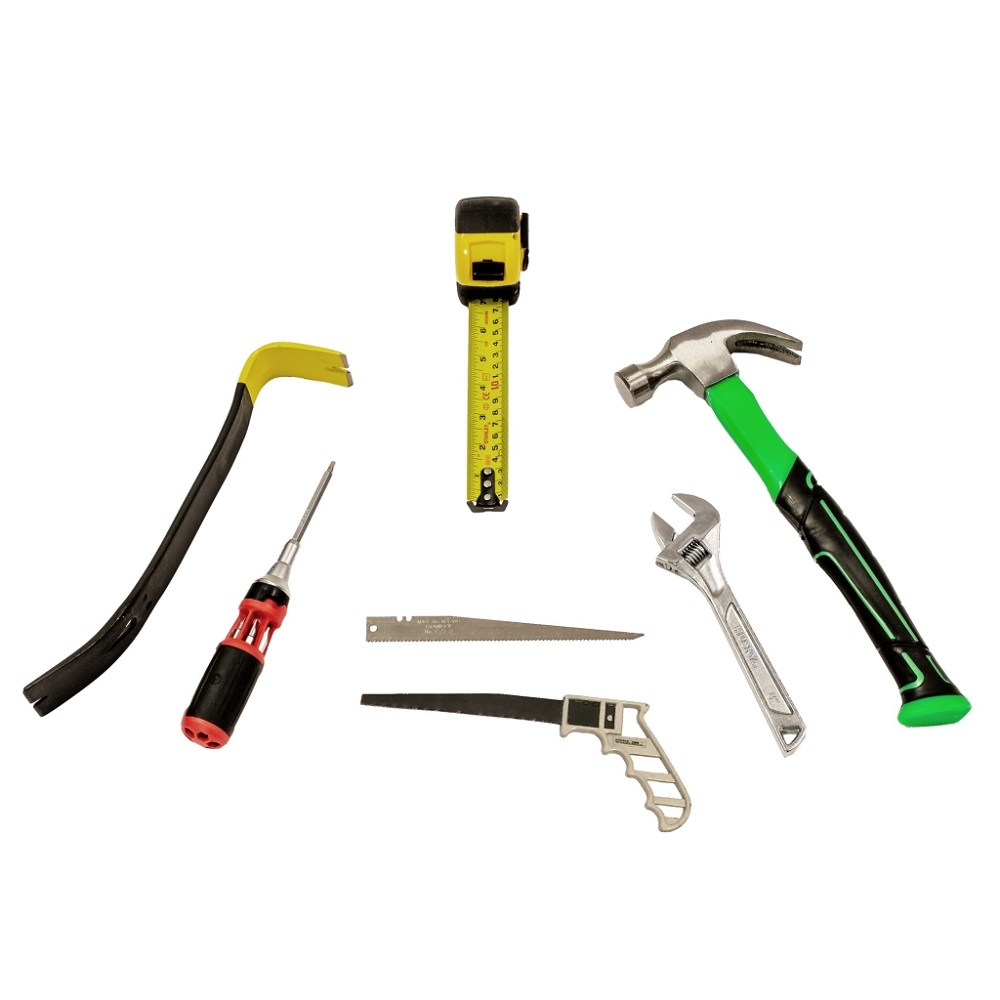
How to Choose the Right Hand Tool
Selecting the right hand tools is crucial for completing tasks efficiently and safely. By understanding your needs and considering specific factors, you can make informed decisions and build a reliable toolkit.
Factors to Consider When Buying Tools
- Purpose of the Tool: Determine the task you need the tool for. Choose tools designed for your specific projects.
- Quality and Durability: Invest in tools made from high-quality materials. Durable tools last longer and perform better.
- Comfort and Ergonomics: Select tools with comfortable handles and grips. This helps reduce strain during use.
- Size and Compatibility: Ensure the tool’s size matches your requirements. Avoid tools that are too large or small.
- Brand Reputation: Opt for trusted brands with positive reviews. They often provide reliable and safe products.
- Budget and Cost: Balance cost and quality. A good-quality tool doesn’t always need to be expensive.
Considering these factors ensures you choose tools that meet your needs and deliver excellent results.
Essential Tools for Beginners
If you’re new to hand tools, start with these basic essentials:
- Screwdriver Set: A set of flathead and Phillips screwdrivers covers most household needs.
- Hammer: Choose a claw hammer for driving nails and removing them easily.
- Tape Measure: A flexible tape measure helps with accurate measurements.
- Utility Knife: A versatile knife is ideal for cutting cardboard, ropes, or plastic.
- Needle-Nose Pliers: These are perfect for gripping small objects and bending wires.
- Adjustable Wrench: Useful for tightening or loosening bolts of various sizes.
- Scissors: High-quality scissors are indispensable for cutting paper, fabric, or packaging.
Starting with these tools ensures you’re prepared for basic home repairs and DIY projects. Expand your collection as you gain experience and identify additional needs.
Safety Tips While Using Hand Tools
Safety is crucial when using basic hand tools. Simple precautions can prevent injuries and ensure efficient work. Following these tips will keep you safe and protect your tools.
Common Safety Practices
- Wear Protective Gear: Use gloves, safety goggles, or masks when necessary to shield your hands, eyes, and lungs.
- Inspect Tools Before Use: Check for damage like loose handles, rust, or dull blades. Damaged tools can cause accidents.
- Use the Right Tool: Always match the tool to the task. Using the wrong one can lead to slips or breaks.
- Hold Tools Correctly: Maintain a firm grip on handles to optimize control and avoid slipping.
- Cut Away from Yourself: When using knives or scissors, direct the blade away from your body.
- Store Tools Safely During Breaks: Place tools in a secure spot to prevent accidental falls or slips.
- Keep Your Work Area Organized: Avoid clutter, as it reduces risks of tripping or mishandling.
- Work in Proper Lighting: Ensure you have enough light to see clearly. Poor lighting can cause errors.
- Focus on the Task: Avoid distractions when using tools. Mistakes often happen due to lack of attention.
- Follow Manufacturer Guidelines: Read instructions and follow the recommended ways to use each tool.
Proper Storage and Maintenance
- Clean Tools After Use: Remove dust, dirt, or grease. It prevents tools from becoming slippery or prone to corrosion.
- Store Tools in Dry Areas: Keep tools in a dry, well-ventilated location to avoid rust and damage.
- Use Toolboxes or Racks: Organize tools in sturdy toolboxes or racks to keep them secure and easy to access.
- Avoid Throwing Tools Together: Place tools carefully to lessen the chances of blades or tips getting dulled or bent.
- Apply Lubrication Regularly: Oiling joints, blades, or moving parts keeps tools working smoothly.
- Inspect Stored Tools Periodically: Check long-stored tools for rust or wear and address issues right away.
- Label Tools Clearly: Mark tools for easy identification, reducing confusion and mishandling.
Practicing these safety tips ensures long-lasting tools and hazard-free work sessions. Stay cautious and proactive for a safer experience.
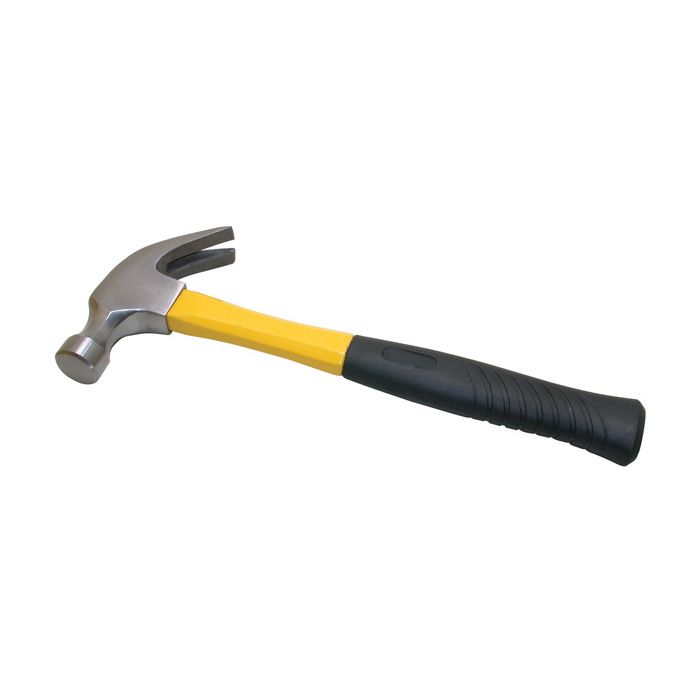
Hand Tool Maintenance and Care
Proper maintenance and care of basic hand tools are essential for their longevity and performance. Neglected tools can become less effective, unsafe, and more costly over time. By following these simple care tips, you can ensure your tools remain in the best condition.
Cleaning Tools After Use
- Remove Dirt and Debris: Clean tools after every use to prevent grime buildup. Wipe them with a clean cloth or soft brush.
- Wash When Necessary: Use soapy water to clean metal and plastic parts. Dry tools thoroughly to prevent rust.
- Avoid Harsh Chemicals: Steer clear of chemicals that can damage tool coatings or handles.
- Clean Moving Parts: Pay extra attention to tools like pliers or wrenches with joints. Dirt in joints can reduce effectiveness.
- Use Alcohol for Sticky Residue: Remove adhesive or sticky material with rubbing alcohol for a clean surface.
- Polish Wooden Handles: For wooden-handled tools, apply linseed oil to reduce splinters and maintain durability.
Proper cleaning makes tools safer and extends their life, ensuring peak performance.
How to Keep Tools Rust-Free
- Dry Tools Immediately: After cleaning, ensure tools are moisture-free before storage. Moist environments encourage rust.
- Apply Protective Oil: Use a light coating of machine oil or WD-40 on metal surfaces to prevent corrosion.
- Store in Dry Locations: Keep tools in a cool, dry area. Avoid basements or areas prone to dampness.
- Use Silica Gel or Dehumidifiers: Place silica packs or dehumidifiers in tool storage to absorb excess moisture.
- Inspect Tools Regularly: Check tools for early signs of rust. Remove rust spots immediately using steel wool or a rust remover.
- Avoid Prolonged Outdoor Exposure: Don’t leave tools outside. Rain and humidity can cause fast corrosion.
Proper storage and care ensure your tools remain rust-free and in optimal condition. This not only saves costs but ensures reliability during every project.
Must-Have Hand Tools for DIY Projects
When tackling DIY projects, having the right hand tools is essential. They simplify tasks and improve outcomes. Whether for home repairs or crafting, a well-stocked toolkit is your best ally.
Tools Needed for Home Repairs
Basic home repairs don’t require complicated tools, but the right ones make a big difference. Here are must-haves for common household fixes:
- Hammer: Use a claw hammer to drive nails or remove them quickly and efficiently.
- Screwdriver Set: A combination of flathead and Phillips screwdrivers covers most fastening tasks.
- Adjustable Wrench: Ideal for loosening or tightening bolts and plumbing repairs.
- Pliers: Use these versatile tools for gripping, bending, or cutting wires during electrical fixes.
- Tape Measure: Take accurate measurements for furniture placement, renovations, or curtain installations.
- Utility Knife: Cut packaging, ropes, or materials like carpets with precision and ease.
- Level: Ensure pictures, shelves, or furniture are properly aligned.
These basic tools are vital for quick home fixes and maintenance tasks. They save time and effort.
Versatile Tools for Craft and DIY Enthusiasts
For hobbyists or project lovers, versatile tools enhance creativity and precision. Here’s a list of top tools:
- Craft Scissors: Ideal for cutting fabric, paper, or craft materials cleanly.
- Glue Gun: Applies adhesive efficiently for art or repair projects.
- Needle-Nose Pliers: Great for gripping tiny objects, bending wires, and detailed craft work.
- Chisel Set: Use these for carving, shaping wood, or decorative projects.
- Hand Saw: Essential for cutting wood in small DIY projects and furniture repairs.
- Bench Clamps: Secure materials while cutting, gluing, or drilling, ensuring stability.
- Painter’s Tape: Helps mask areas while painting or assembling parts neatly.
These tools empower DIY enthusiasts to create, build, and enhance with confidence. They provide flexibility for a variety of tasks.
Equipping your toolkit with these hand tools ensures you are ready for any project. Build your collection gradually and invest in quality for the best results.

Conclusion
The Value of Building Your Hand Tool Collection
Building your hand tool collection is a smart investment for long-term success. Hand tools are versatile and indispensable for many tasks. From simple repairs to creative DIY projects, they equip you to work efficiently.
Start with basic hand tools like screwdrivers, hammers, and pliers. These staple tools handle most everyday tasks. Gradually expand your collection as your needs evolve. Adding specialized tools like clamps or chisels boosts your capabilities.
Investing in high-quality tools ensures durability and safety. Reliable tools perform better and last longer, saving money in the long run. Remember to maintain and store your tools properly to keep them in top condition.
A well-equipped toolkit saves time, reduces stress, and fosters creativity. It empowers you to handle a range of projects with confidence. Whether you’re a beginner or seasoned enthusiast, building a thoughtful collection is always worthwhile.
Embracing DIY Projects with Confidence
Building Your Toolkit
In conclusion, having basic hand tools is essential for undertaking successful DIY projects. The right tools will enhance your ability to complete tasks efficiently and effectively. By investing time in selecting the proper tools, you can set yourself up for success in your home improvement endeavors. As a beginner, start with a few essential items and gradually expand your toolkit as you gain experience and confidence.
Advancing Your DIY Skills
As you become comfortable with using basic hand tools, you can take on more complex projects. The sense of accomplishment that comes from completing a DIY project can be incredibly rewarding. Embrace the learning process and allow yourself to grow as a craftsman. The more you practice, the more skilled you will become, transforming your home into a space that reflects your creativity and personal style.
Celebrating Your Achievements
Finally, remember to celebrate your achievements, no matter how small. Each project completed is a step forward in your DIY journey. Share your work with friends and family, and be proud of your creations. Engaging in DIY projects is not merely about the finished product; it’s also about the skills you’ve developed along the way. Embrace the journey and enjoy the satisfaction that comes with building and creating in your own space.
